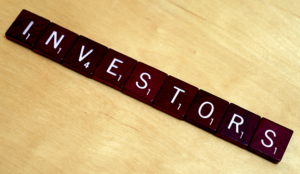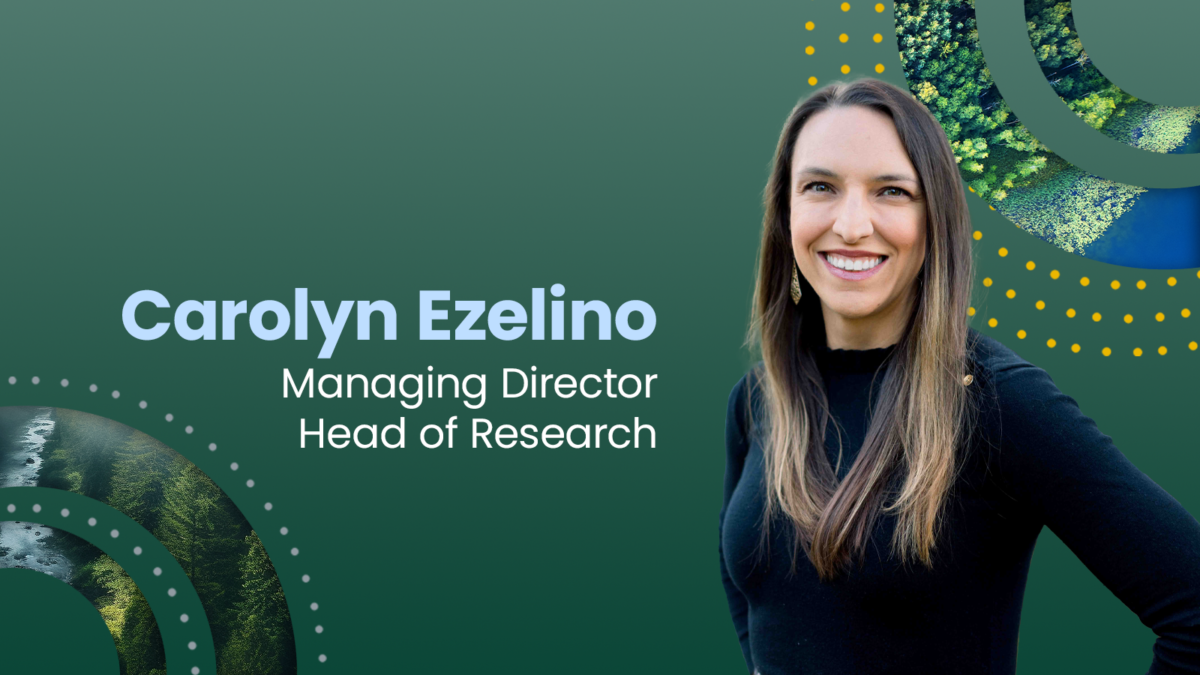
The Impact Engine, By Noelle Juengling
July 14, 2015
One of the questions we are often asked is whether investors need to sacrifice returns for impact. Even more often, we observe that investors implicitly assume that a trade-off between impact and financial return is required without engaging in the conversation.
Our answer? Not necessarily. At Impact Engine, we believe that social impact and financial returns are compatible. In fact, we select companies with impact “baked in” to their product, so that revenues and impact grow hand-in-hand. And we look for high-potential entrepreneurs addressing large market opportunities with business models that can scale – the same criteria as all venture capital investors. Our investment theory assumes that a trade-off is not required, and several of our portfolio companies have raised funding from investors focused solely on driving financial returns. For us, impact is a screen that we apply to selecting portfolio companies based on the belief that these impact entrepreneurs are building businesses that will be more attractive to customers, employees, communities, and, ultimately, investors.
One of the challenges in the industry has been the lack of performance data for impact investing strategies. Last week, some new data on impact investing returns became available. Cambridge Associates, in partnership with the Global Impact Investors Network (GIIN), launched an Impact Investment Benchmark study analyzing the performance of 51 market-rate private equity and venture capital impact investment funds. The study concluded that impact funds show strong, comparable performance relative to a comparison universe of conventional funds, with differences across vintage year, geography and fund size. This is exciting news that suggests market-rate returns are compatible with social impact. Cambridge Associates is a highly credible source and plans to report quarterly on the performance of these benchmark funds.
Other data points around impact investing returns include:
The New York Times recently profiled the track record of one impact fund, DBL Investors, which had 5 of its 18 portfolio companies in its first fund go public, including Solar City, Tesla, and Pandora Media. DBL invests in cleantech, IT, healthcare, and sustainable products, and it encourages companies to hire and invest in the development of employees from low and moderate income communities.
In the public markets, Deutsche Bank published a report in 2012 that looked at over 100 academic studies on sustainable investing and concluded that companies with high Environmental, Social and Governance (ESG) ratings financially outperform the market over the medium to long term.
More broadly across an entire portfolio, Sonen Capital conducted a study benchmarking the returns of KL Felicitas (KLF) Foundation’s impact portfolio against the performance of similarly-sized foundations. At the time of the study, KLF’s $10 million foundation corpus had 85% of its assets invested for impact. The study concludes that it is possible to construct a risk-adjusted impact investment portfolio across all asset classes, and that there is growing capacity and an increasing number of options for investors who want to build such a portfolio.
Not all investors, however, are seeking market-rate returns. As we discussed on an earlier post on The Spectrum of Impact Investing, there are investment strategies that prioritize impact over financial returns, and those can be a great strategies for philanthropically-motivated investors. These concessionary funds can be highly successful in harnessing market forces for social good, and do so in a way that creates sustainable social impact. Impact Assets is a San Francisco-based nonprofit that manages donor-advised funds that allow clients to build a portfolio of impact investments. They published a research paper in collaboration with Pacific Community Ventures and Duke University, examining the practices and performance of 12 leading impact investment funds, which later became the basis of a book, The Impact Investor. One of the authors, Cathy Clark, intentionally avoids discussing the concept of market-rate returns, preferring to benchmark each of the funds against their investment strategy and target return.
For those investors interested in learning more about specific investment opportunities, we recommend the following resources:
- Impact Assets publishes an annual list of 50 top impact investment funds across asset classes and impact areas. It provides a great overview of who is doing what and which funds might align with your interests.
- GIIN maintains an online directory of impact investing vehicles and products, ImpactBase.
- The Forum for Sustainable and Responsible Investment (US SIF) provides a tool for investors to compare cost, financial performance, screens and voting records of various sustainable and responsible mutual funds.
- Enable Impact provides a platform for investors to search, match and connect with social ventures, support programs, and other investors, and filter deals by geography, sector, and other relevant categories.
As the list demonstrates, there is an increasingly broad array of options for investors seeking impact — whether you are seeking market rate returns, willing to sacrifice returns, or looking to take more risk for impact. The key is to be thoughtful about what you are selecting for and choose investments wisely.


